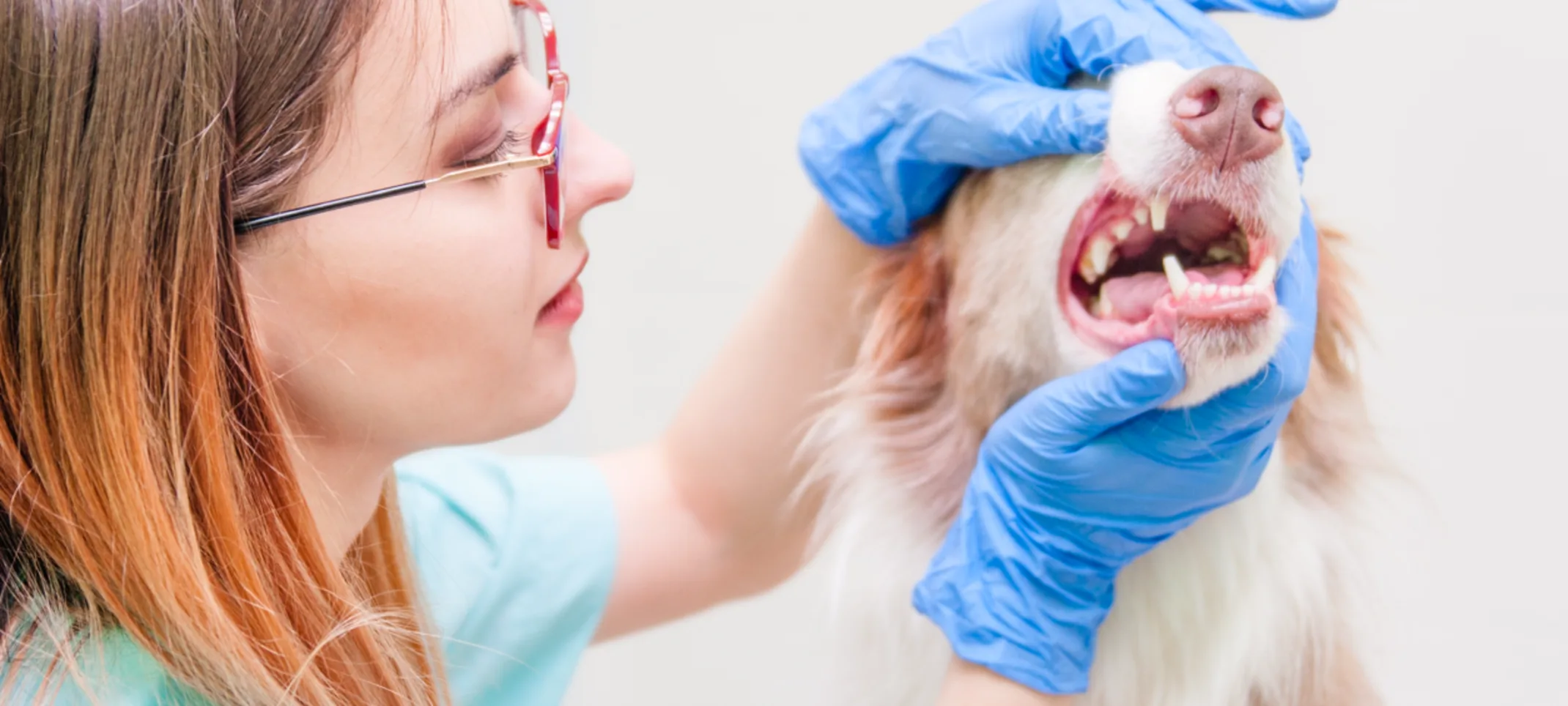Hometown Animal Hospital
Digital Dental X-Ray
All Pets Dental utilizes digital dental x-rays when examining and treating your dog and cat. Dental radiographs are one of the most important diagnostic tools available to a veterinary dentist.

Overview
They allow our veterinary dentists to visualize the internal anatomy of the teeth, tooth roots, and the bone that surrounds the roots. Compared to traditional film x-rays, intraoral digital dental x-rays provide superior picture quality and immediate visualization of individual teeth or sections of the jaws.
Digital dental x-rays help diagnose many hidden conditions that may otherwise go undiagnosed. For example, digital dental x-rays can help the doctor discover fractured or broken roots, cysts, tooth resorption, early tumors, or unerupted teeth. They also help us examine teeth that appear healthy but may be compromised on the inside. Periodontal disease can be staged and addressed by examining the dental x-rays for bone loss around tooth roots.
The radiation risk to your dog or cat from taking dental radiographs is minimal. Digital radiography requires far less exposure for digital radiography when compared to standard film x-rays.
Because dogs and cats will not accept an x-ray sensor when it is placed in the mouth, taking dental radiographs requires your cat or dog to be *anesthetized or sedated*. The digital images can be visualized within a few seconds following exposure, reducing the amount of time your dog or cat is under safe, general anesthesia.
Finally, digital radiology is environmentally friendly because there are no chemicals to contaminate water systems.
*Anesthetized or sedated:
The safety of your pet always comes first at All Pet’s Dental.
General anesthesia is required for the dental procedures we perform on your pets. Thorough examining, scaling, probing and advanced dental procedures require your pet to be asleep during the procedure. We utilize the safest, multi-modal approach that is individually created for each dog or cat. It includes injectables for sedation and pain management as well as gas anesthetic agents. The combination of pre-anesthetic assessment of your pet (including blood work), use of modern anesthetic agents plus anesthetic monitoring equipment means that anesthesia is generally considered to be a very low risk for your pet. More information about anesthesia can be found under "FAQS".
